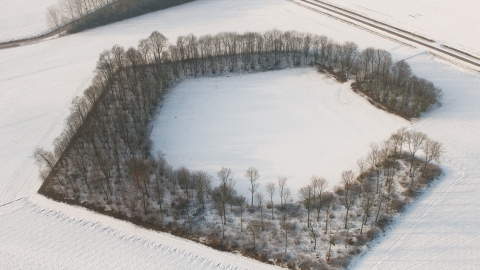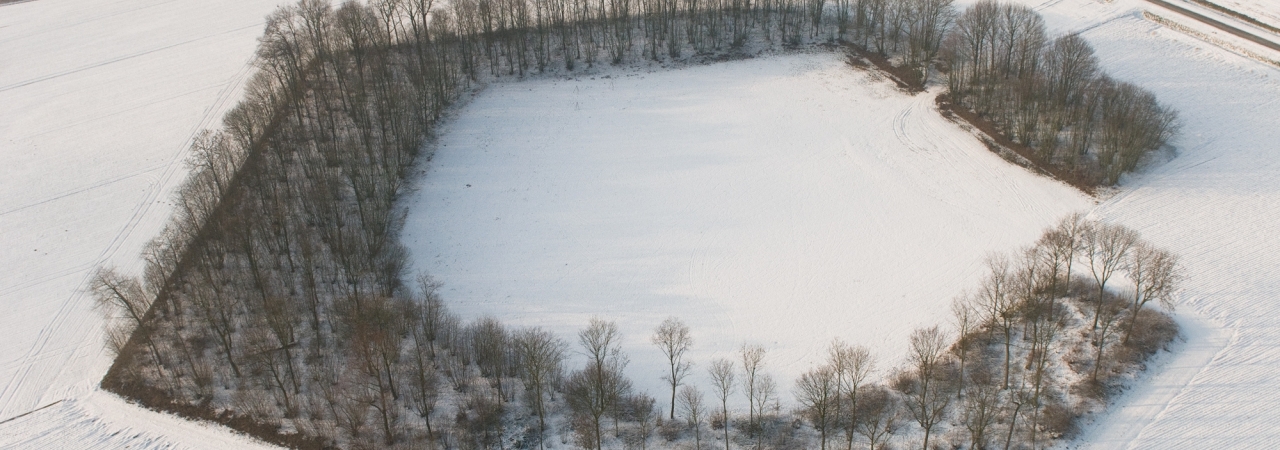In the Middle Ages, the Moerspui was part of a waterway which linked Ghent via Overslag with Axel and Terneuzen. Due to storm floods and the deliberate opening of the sea dykes during the Eighty Years’ War, the Moerspui had become much wider and was now under the influence of the tides.
In 1644, after Prince Frederik Hendrik had conquered Sas van Gent and part of the line of Communication to the east of the stronghold, the Spaniards quickly set to building a new line along the Vennebeek which ran from north to south. At the site where the Vennebeek entered the Moerspui, the Spaniards built the most northerly fort in this line: Fort Moerspui. This was a big pentagonal earthen redoubt with a bastion on each corner. The fort offered accommodation to three hundred men. Ten days after the surrender of Hulst to Frederik Hendrik, Fort Moerspui was transferred to the States. Elm trees and willows were planted and a paved main street with gutters was laid. A schoolmaster-minister, midwife and, following the construction of a church in 1670, a pastor were appointed. The reformed congregation of Zuiddorpe emerged from the occupation of this fort.
The fort served until after 1700, but was poorly maintained. In 1701, it was restored by the famous military engineer Menno van Coehoorn, but was demolished after the War of the Spanish Succession (1701 – 1714).
Fort Moerspui is one of the few forts in the Republic which was constructed as a pentagon. The outline of the inner courtyard can still be recognised by the pentagonal tree plantation in the middle of the field.


